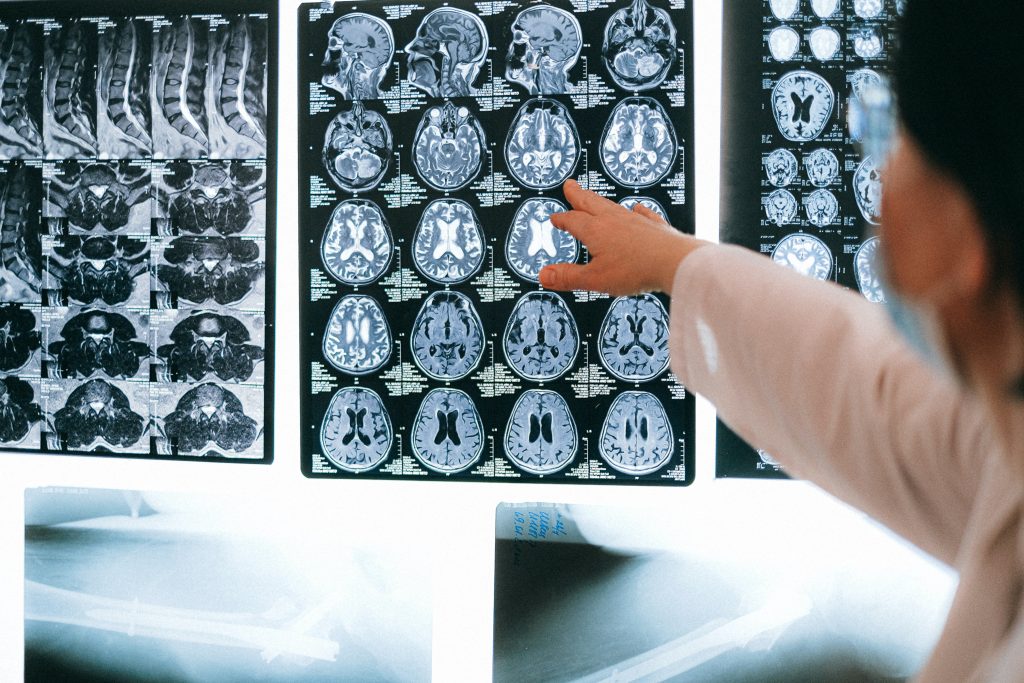

If you’ve ever had one, you know that a migraine can be a real pain. It’s usually a severe, pulsing pain that concentrates on one side of your head. It gets worse when you do anything physical, but you can barely manage any of your usual everyday activities, either. As the pain intensifies, your eyes start to ache, as well.
Sometimes, the pain makes you sick to your stomach, and you might even throw up. For me, it’s sound I can’t stand, but many people get really sensitive to light. You just want to hide in a dark, quiet room and not come out till it’s over, which could be hours – or days.
A migraine is not just a bad headache. Rather, it’s a disabling neurological disease with different symptoms and different treatment approaches compared to other headache disorders. It’s also a very common condition, affecting 39 million men, women and children in the US and 1 billion worldwide.
Everyone experiences migraine differently. Some people who suffer with migraine, about 30 percent, develop symptoms several hours to up to three days before the headache starts. This stage is called a prodrome. Common symptoms of this stage include anxiety, mood changes, tiredness, increased thirst, food cravings, and neck stiffness and pain.
About 25 to 30 percent of migraine sufferers experience a “warning sign” that a migraine is about to begin called an aura. An aura is typically a disturbance of the senses, such as seeing black dots, wavy lines, flashes of light or objects that aren’t there; experiencing tingling or numbness in your arms and legs; or changes in small, taste or touch.
The exact cause of migraine is unknown, but it’s believed that a migraine starts when overactive nerve cells send out signals that trigger the nerve that provides sensation to your head and face. This in turn causes your body to release chemicals that make your blood vessels swell. Those chemicals cause inflammation and pain..
There are certain risk factors for migraine, including gender; migraine is more common in women. It often starts in people between the ages of 10 and 40, but many women find their migraines get better or go away after age 50. Migraine also runs in families and is more common in people who also have depression, anxiety, bipolar disorder or epilepsy.
The cause of migraine may be unclear, but it is known that certain factors trigger an episode. Many sufferers know their riggers, but some common migraine triggers include: hormonal changes; stress; certain foods, including aged cheese, chocolate and alcohol; caffeine; changes in weather; physical activity; loud noises, bright lights and strong smells; and changes in your sleep, such as getting too much or not enough.
To diagnose migraine, your doctor will conduct a thorough review of your medical history. Your doctor will ask you to describe your symptoms and pain, and how often you get migraines. You will be asked about the activities you were doing that may have brought on the headache and what medications you took to relieve the migraine pain.
Your doctor will also perform a physical examination. Imaging of the brain with an MRI and CT scan or performing a brain wave test (encephalogram [EEG]) isn’t necessary if your physical exam is normal.
Migraine treatment focuses on two therapy strategies, abortive and prophylactic. Abortive simply means stopping or shortening a headache once it has started. Prophylactic means preventing headaches from occurring in the first place. Treatment usually revolves around avoiding triggers, controlling symptoms and taking medications.
There are many different medications, both nonprescription and prescription, that can be used for treating migraines once they have started and for prevention. These medications range from over-the-counter analgesics that contain aspirin and caffeine, often an initial abortive therapy, to antidepressants and anticonvulsants, which have been shown to help prevent migraines when used regularly.
Those who suffer with chronic migraine, who have at least 15 headache days a month, may benefit from BOTOX injections. Doctors believe BOTOX blocks the chemicals that carry pain signals from the brain. It stops the signals before they get to the nerve endings around your face and neck. Alternative routes such as acupuncture and meditation are also treatment options you can try.
Whatever you do to deal with your pain, don’t go it alone. Work closely with your headache specialist to develop a migraine action plan to address those factors that affect you most. Identify your triggers and learn what works best for you when a migraine starts and what you can do to keep headaches from coming back.
Keep control of your migraines and live a happier, healthier life!





Leave a Reply